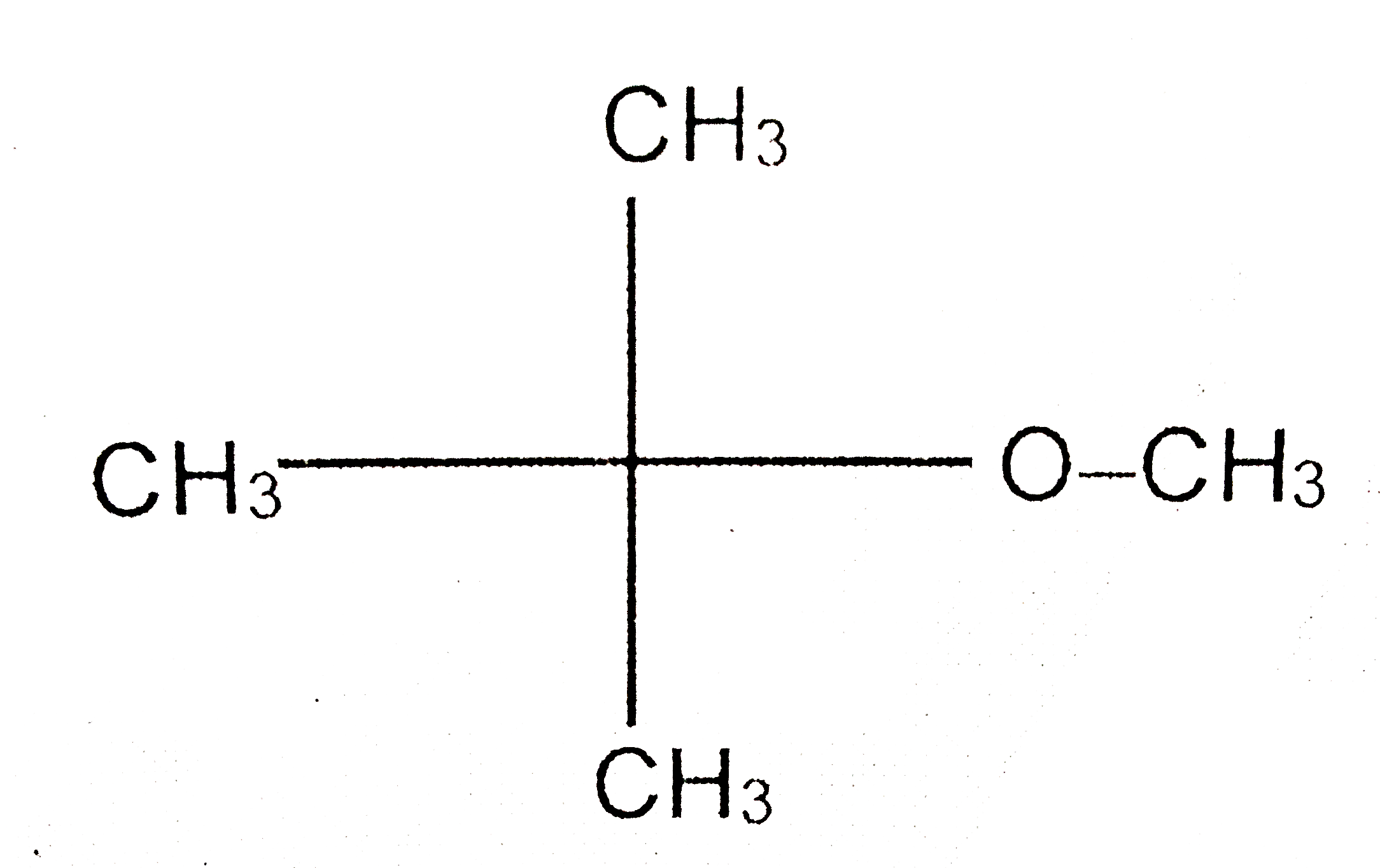The reaction , CH3Br+OH−→CH3OH+Br− obeys the mechanism
SN1
SN2
E1
E2
The correct Answer is:B
To determine the mechanism of the reaction CH₃Br+OH⁻→CH₃OH+Br⁻, we will analyze the characteristics of the reaction and the mechanisms involved.
1. Identify the Reactants and Products:
- The reactants are methyl bromide (CH₃Br) and hydroxide ion (OH⁻).
- The products are methanol (CH₃OH) and bromide ion (Br⁻).
2. Classify the Reaction:
- This is a nucleophilic substitution reaction where a nucleophile (OH⁻) replaces a leaving group (Br⁻) in the alkyl halide (CH₃Br).
3. Consider the Mechanisms:
- The two main mechanisms for nucleophilic substitution are SN1 and SN2.
- SN1 involves the formation of a carbocation intermediate, while SN2 involves a single concerted step where the nucleophile attacks the substrate.
4. Evaluate SN1 Mechanism:
- In an SN1 mechanism, the first step is the formation of a carbocation (CH₃⁺) after the leaving group (Br⁻) departs.
- However, methyl carbocation (CH₃⁺) is highly unstable due to the lack of alkyl groups to stabilize the positive charge.
5. Evaluate SN2 Mechanism:
- In an SN2 mechanism, the nucleophile (OH⁻) attacks the carbon atom of CH₃Br from the opposite side of the leaving group (Br⁻), leading to a transition state.
- This results in the direct displacement of Br⁻ and the formation of methanol (CH₃OH) in a single step.
6. Determine the Correct Mechanism:
- Since CH₃Br cannot form a stable carbocation and the reaction involves a direct attack by the nucleophile, the mechanism that best describes this reaction is SN2.
- Therefore, the correct answer is Option B: SN2.
- The reactants are methyl bromide (CH₃Br) and hydroxide ion (OH⁻).
- The products are methanol (CH₃OH) and bromide ion (Br⁻).
- This is a nucleophilic substitution reaction where a nucleophile (OH⁻) replaces a leaving group (Br⁻) in the alkyl halide (CH₃Br).
- The two main mechanisms for nucleophilic substitution are SN1 and SN2.
- SN1 involves the formation of a carbocation intermediate, while SN2 involves a single concerted step where the nucleophile attacks the substrate.
- In an SN1 mechanism, the first step is the formation of a carbocation (CH₃⁺) after the leaving group (Br⁻) departs.
- However, methyl carbocation (CH₃⁺) is highly unstable due to the lack of alkyl groups to stabilize the positive charge.
- In an SN2 mechanism, the nucleophile (OH⁻) attacks the carbon atom of CH₃Br from the opposite side of the leaving group (Br⁻), leading to a transition state.
- This results in the direct displacement of Br⁻ and the formation of methanol (CH₃OH) in a single step.
- Since CH₃Br cannot form a stable carbocation and the reaction involves a direct attack by the nucleophile, the mechanism that best describes this reaction is SN2.
- Therefore, the correct answer is Option B: SN2.
Topper's Solved these Questions
- ALKYL AND ARYL HALIDEBook:ALLENChapter:ALKYL AND ARYL HALIDEExercise:EXERCISE-02
Explore 1 Video
- ALKYL AND ARYL HALIDEBook:ALLENChapter:ALKYL AND ARYL HALIDEExercise:EXERCISE-04 [A]
Explore 1 Video
- ALKYL AND ARYL HALIDEBook:ALLENChapter:ALKYL AND ARYL HALIDEExercise:EXERCISE-01
Explore 1 Video
- ALKENE, ALKANE & ALKYNE Book:ALLENChapter:ALKENE, ALKANE & ALKYNE Exercise:EXCERSISE-3
Explore 28 Videos
- Atomic StructureBook:ALLENChapter:Atomic StructureExercise:All Questions
Explore 62 Videos
Similar Questions
Knowledge Check
The reaction CH3Br+OH−→CH3OH+Br− follows
ASN1 mechanismBSN2mechanismCeither of the above twoDnone of the above twoC6H13Br+OH−→C6H13OH+Br− Br is an example of:
ANucleophilic additionBNucleophilic substitutionCElectrophilic additionDElectrophilic substitution
(e) Free radical substitutionThe reaction CH2=CH−CH3+HBr→CH3−Br∣CHCH3 is
Anucleophilic additionBfree radical additionCelectrophilic additionDelectrophilic substitution
In the reaction Bromine
3Br2+6OH−→5Br−+BrO−3+3H2O
View SolutionThe compound A , B and C in the reaction sequence
CH3−CH2OHPBr3−−→AAlc.KOH−−−−−→BBr2−−→C are given by the set :
View SolutionAssertion :
 React with HBr to for (CH3)3CBr and CH3OH
React with HBr to for (CH3)3CBr and CH3OH
Reason : It follows SN1 mechanism
View Solution(CH3)3C−OCH3 on reaction with HI gives (CH3)3C−IandCH3−OH as the main products and not (CH3)3C−OHandCH3−I. Explain.
View SolutionFor PIC , the rate of reaction is given by the expression CH3Br+OH→CH3OH+Br
View Solution